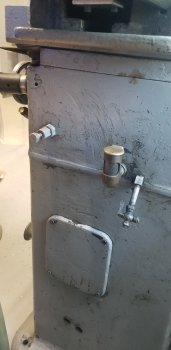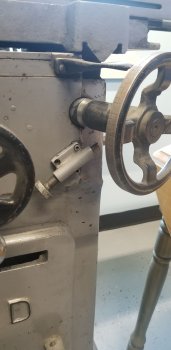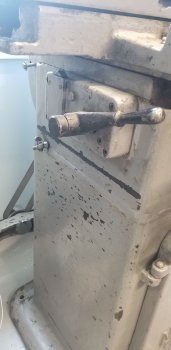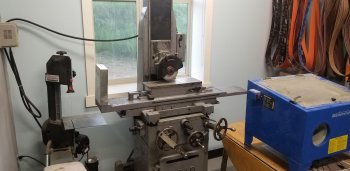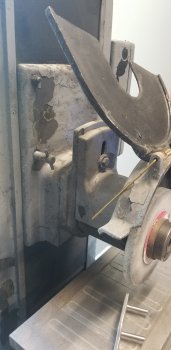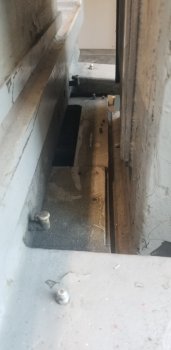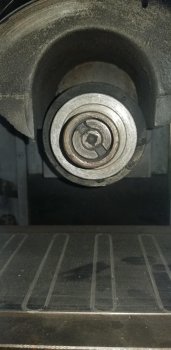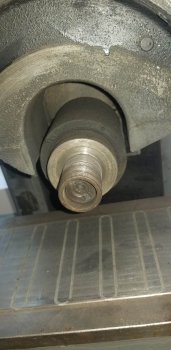Stang Bladeworks
KNIFE MAKER
I have been doing a bit of research about surface grinders and I quickly learned that the wheels should be balanced. I have watched several videos on the topic now and im left with some questions. My older machine does not have a tapered arbor and im not sure if it can be removed for use in a balancing stand. The wheel has a small amount of play when on the shaft so if I cant balance it on the actual arbor the balancing seems useless because the wheel could be mounted slightly differently. I am wondering if anyone has any tips for balancing wheels on this type of surface grinder or if it is really necessary for a knifemaking application. I want to avoid stress on the bearings and get the best finish possible but im not sure how possible it is with this machine. As always any help is greatly appreciated. I will include pics below. On a side note if anyone knows what some of the levers and fittings are for I would love to know. Other than the 3 main wheels I dont know what anything else does. I realize that this is alot of questions all at once
